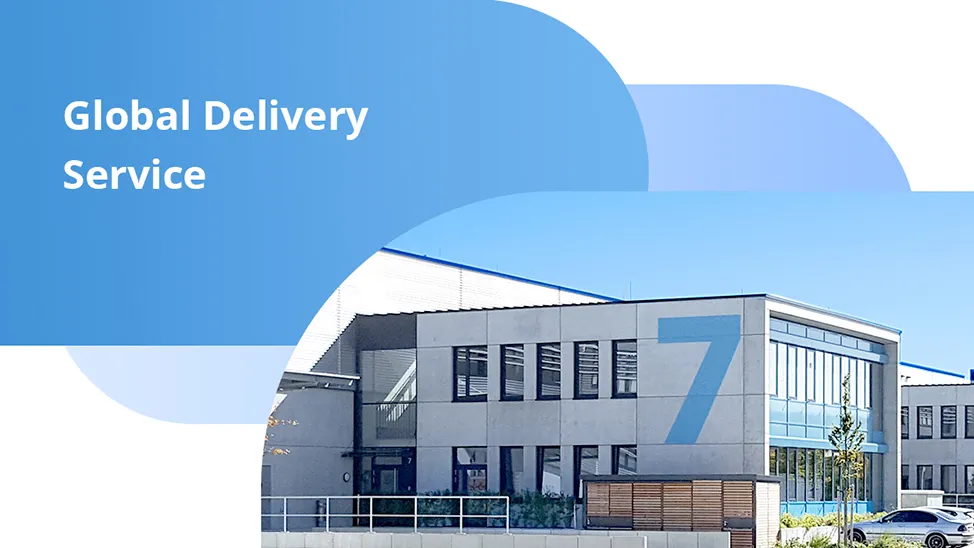PCIe 5.0
What is PCI Express 5.0?
PCIe 5.0, short for Peripheral Component Interconnect Express, is the latest standard in PCIe technology, offering a significant boost in bandwidth compared to previous generations. The PCIe slots on motherboards can vary in length, accommodating anywhere from one to 16 PCIe lanes, which directly impact the speed of the connection. These slots can be found in the form of traditional PCIe slots for expansion cards or M.2 slots for compact M.2 SSDs.
The number of lanes in a PCIe slot is indicated by the "x" followed by the number of lanes, such as PCIe 5.0 x1 for a single lane, PCIe 5.0 x4 for four lanes, and PCIe 5.0 x16 for 16 lanes.
Each PCIe 5.0 lane supports 3.94GBps of bandwidth, with the connection operating in a duplex manner, allowing data to be transmitted at 3.94GBps in both directions simultaneously. This means that, theoretically, a PCIe 5.0 SSD connected via a PCIe 5.0 x1 slot could achieve read and write speeds of 3.94GBps at the same time. However, actual performance is dependent on the specific components used, and some bandwidth is reserved for communication overhead.
What makes PCIe 5.0 stand out is its extraordinary bandwidth, surpassing that of its predecessor by a wide margin. The PCI Special Interest Group (PCI-SIG), responsible for developing PCIe standards, has consistently doubled the bandwidth with each new generation. PCIe 5.0 offers twice the bandwidth per lane compared to PCIe 4.0, which itself doubled the bandwidth of the still widely used PCIe 3.0 standard found in many modern PCs.
PCIe History
PCIe 1.0 was first introduced in 2003 by the Peripheral Component Interconnect Special Interest Group (PCI-SIG). Subsequent generations, PCIe 2.0, 3.0, 4.0, and 5.0, were released in 2007, 2010, 2017, and 2019, respectively.
After PCI-SIG releases a new PCIe specification, it typically takes some time for CPUs and peripherals to be designed and produced according to those specs. Although PCIe 5.0 specifications were published in 2019, CPUs supporting PCIe 5.0 did not hit the market until early 2022. Even now, PCIe 5.0 devices are relatively limited, with broader availability of PCIe 5.0 endpoints expected in the second half of 2023 or 2024.
Key Advantages of PCIe 5.0
The advantages of PCIe 5.0 in system performance are evident in several key areas:
-
1. Faster Data Transfer Speeds and Increased Bandwidth: These improvements accelerate application execution, enhancing system responsiveness and throughput.
-
2. Lower Latency: This reduction in delay enhances user experience, especially in scenarios requiring real-time interaction and quick responses.
-
3. Improved Power Efficiency: Lower power consumption contributes to reduced operational costs in data centers and large systems while also minimizing environmental impact.
-
4. Enhanced Error Detection and Correction: These features boost system stability and reliability, reducing the risk of data loss and system failures.
-
5. Broader Applicability and Future Compatibility: PCIe 5.0’s adaptability to various applications and future standards offers users more flexible and scalable solutions.
Applications
PCI Express (PCIe) is used across consumer, server, and industrial applications, functioning as a motherboard-level interconnect to link peripherals mounted on the motherboard, as a passive backplane interconnect, and as an expansion card interface for add-in boards.
As of 2012, PCIe served as the primary motherboard-level interconnect in nearly all modern PCs, from consumer laptops and desktops to enterprise data servers. It connects the host system processor with both integrated peripherals (surface-mounted ICs) and add-on peripherals (expansion cards). In most of these systems, the PCIe bus co-exists with one or more legacy PCI buses to maintain backward compatibility with the extensive range of legacy PCI peripherals. By 2013, PCI Express had become the standard interface for graphics cards, replacing AGP in new systems.

-
400G RoCE Lossless Network for HPC with RDMA
FS provides a range of tailored hardware, easy-to-deploy application and management software, and end-to-end services for HPC network solutions. With this, businesses can respond to customers instantly, run networks with maximum efficiency and safety, and
-
PicOS® for Automated Driving Solution
This solution offers a perfect 400G interconnect solution for QSFP-DD switches and OSFP network cards, addressing the compatibility issues between different port encapsulations. And it is tailored according to the network topology of HPC architecture, inc
-
PicOS® for H100 InfiniBand Solution
Based on the NVIDIA® H100 GPU, along with PicOS® software and AmpCon™ management platform, the FS H100 Infiniband solution is tailored according to the network topology of HPC architecture, including infiniband network, management network, and storage net


